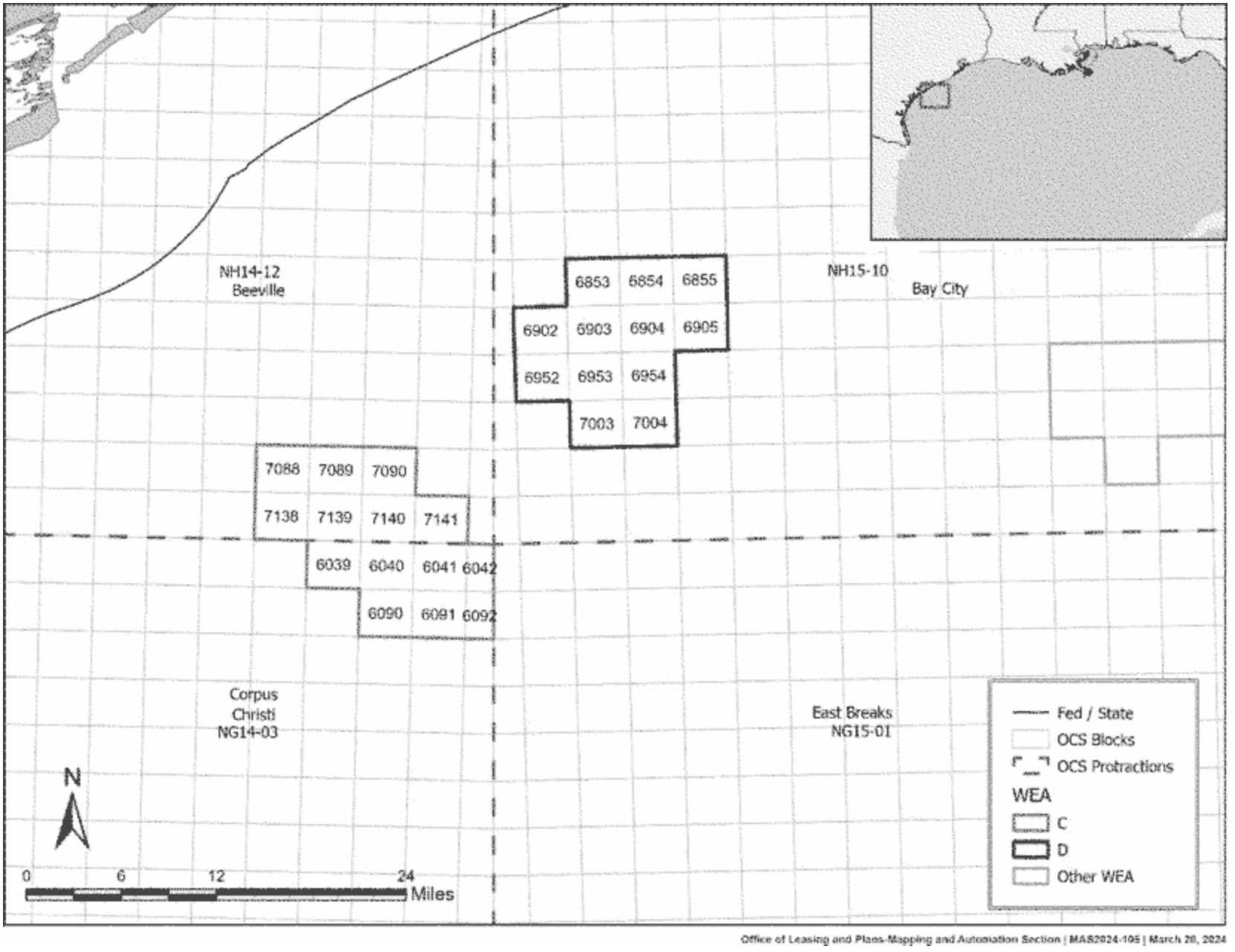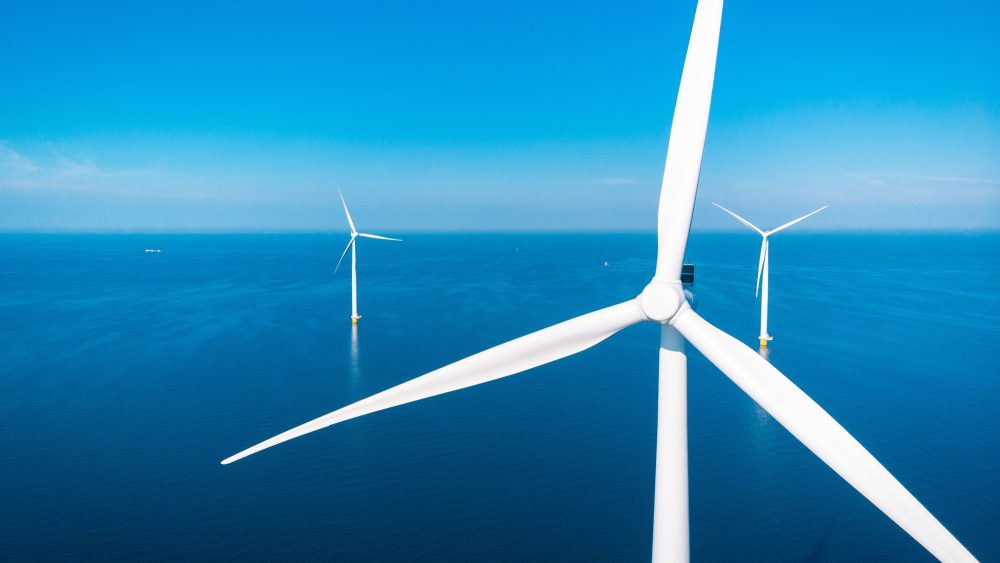Stakeholders and much of the Lone Star State’s fishing industry are holding their breath Thursday as the Bureau of Ocean Energy Management closes the public comment period at midnight on some contentious potential offshore wind projects.
About 10 parties have commented on the federal BOEM registry as of Thursday afternoon.
In its comments, the Southern Shrimping Alliance (SSA) appeared alarmed at the danger it believes this offshore wind project could pose to a major Texas industry. Over 34 meticulously cited pages, it made its case, concluding, “We are regrettably compelled to call on BOEM to reject Hecate’s unsolicited request for [Wind Energy Area] D to be considered for leasing and development due, among other reasons, to an unacceptably high degree of conflict with shrimp fishing operations.”
SSA then enumerated three concerns, which include fragile wind turbines breaking up into the environment after a level 5 hurricane, a “lack of sufficient scientific research to correctly understand a range of potentially irreversible ecological impacts of offshore wind energy development and operations,” and concerns about turbines disturbing marine radar.
SSA explained its concern in a previous email exchange with The Dallas Express.
“SSA collaborates constructively with BOEM and [National Centers for Coastal Science] to deconflict offshore wind energy development in the Gulf with the shrimp industry, but the unsolicited Hecate project would rob the shrimp fleet of access to valuable fishing grounds at a time when the industry is facing an existential crisis due to shrimp imports,” said John Williams, executive director of the Southern Shrimp Alliance.
Some of the imports he was referring to come from India and Ecuador, which have driven shrimp prices down to some of their lowest historical levels, while inflation has driven expenses to unusually high levels. The Texas Observer reported that five Texas counties have issued disaster declarations over this peril to their local shrimping industries.
The “Hecate” Williams referred to is Hecate Energy Gulf Wind LLC, a company that recently asked BOEM to consider a new offshore wind project in multiple locations off the coast of Texas.
Simultaneous with the Biden administration axing the second lease auction of a major proposed offshore wind project near the LA-TX border, the Bureau of Ocean Energy Management (BOEM) announced that it had been approached by Hecate “to acquire commercial wind energy lease(s) on the Outer Continental Shelf (OCS) in the Gulf of Mexico.”
This major undertaking would develop nearly 150,000 aquatic acres.

“The areas are located off the coast of southeast Texas and had been previously identified by BOEM as potential Wind Energy Areas (WEAs) suitable for offshore wind leasing in 2021. WEA Option C totals 74,113 acres, and WEA Option D totals 68,239 acres, for a total of 142,352 acres,” BOEM said.
The bureau then invited public comment, an important process in the early stages of government decision-making that can have major impacts on later decision-making.
The first to comment was the Texas Climate Jobs Project (TCJP), the association of labor unions that support alternative energy projects. It wrote that it “applauds” BOEM for potentially pursuing the Hecate project. However, it also encouraged the agency to do so in a manner that would “create good union jobs in the South.”
The Department of Interior’s Fish and Wildlife Service raised a similarly diplomatic but concerned tone. After going on for several pages about its openness to collaboration, the service said that some of the WEAs could endanger numerous federally protected endangered species, such as the black-capped petrel, whooping crane, and the piping plover, among others.
A Texas citizen whose name was abbreviated to DW Collins said, “I am concerned about the potential [sic] catastrophic damage by turbine parts, especially blades, being damaging, life-threatening projectiles during hurricanes. In addition, as an avid sailor, I know that currents around pilings often aren’t as expected and can cause severe accidents.”
The National Marine Fisheries Service of the National Oceanic and Atmospheric Administration raised similar objections to prior commenters; however, it opened its comments with its concerns about aquatic mammals.
While its letter preemptively clarified that it is not yet known exactly where the WEAs would be built or how they would be arranged, the service raised the possibility that this could disturb protected species such as “Atlantic spotted dolphin, Common bottlenose dolphin, Giant manta ray, Green sea turtle, Leatherback sea turtle, Loggerhead sea turtle, and Kemp’s ridley sea turtle.”
It also raised concerns about how sound traveling through water could “harass” Rice’s whale, a variety of whale that inhabits Texas’s gulf.
While NOAA conceded that the whales and construction ships would not be in the same area, which they believe would minimize the risk of whale strikes, some believe the aural harassment of whales confuses the mammals’ ability to navigate and thus makes strikes more likely.
Notably, whale strikes have increased near Long Island in recent years as Offshore Wind projects have increased in the region. However, there is no definitive evidence at this stage that these phenomena are related.
Interested citizens and parties can still comment until midnight.


